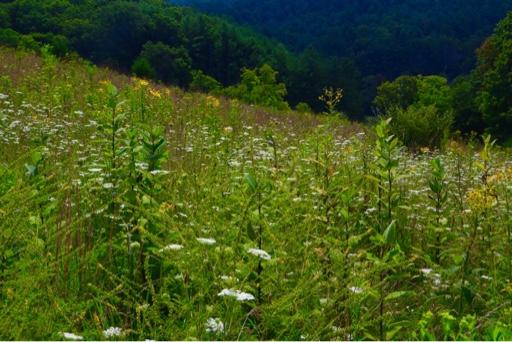dogghr
Well-Known Member
In response to a post of some thistle in Natives most excellent adventure of his native prairie thread , a question was raised and yet to be answered.
I ask and seek an answer, as to why thistle , of various types , will present itself in foodplots but is never seen in my managed fallow fields? Some of these fallow fields are of the poorest soils and location in my property. Some are good soils. Some receive mowing. Some have seen gly spraying. Some nothing but nature has controlled. But I do know I see and treat thistle in my plots but never ever in these fallow fields.
I’m sure many/ some of you observe the same.
What are your opinions of this phenomena?
Sent from my iPhone using Tapatalk
I ask and seek an answer, as to why thistle , of various types , will present itself in foodplots but is never seen in my managed fallow fields? Some of these fallow fields are of the poorest soils and location in my property. Some are good soils. Some receive mowing. Some have seen gly spraying. Some nothing but nature has controlled. But I do know I see and treat thistle in my plots but never ever in these fallow fields.
I’m sure many/ some of you observe the same.
What are your opinions of this phenomena?
Sent from my iPhone using Tapatalk

